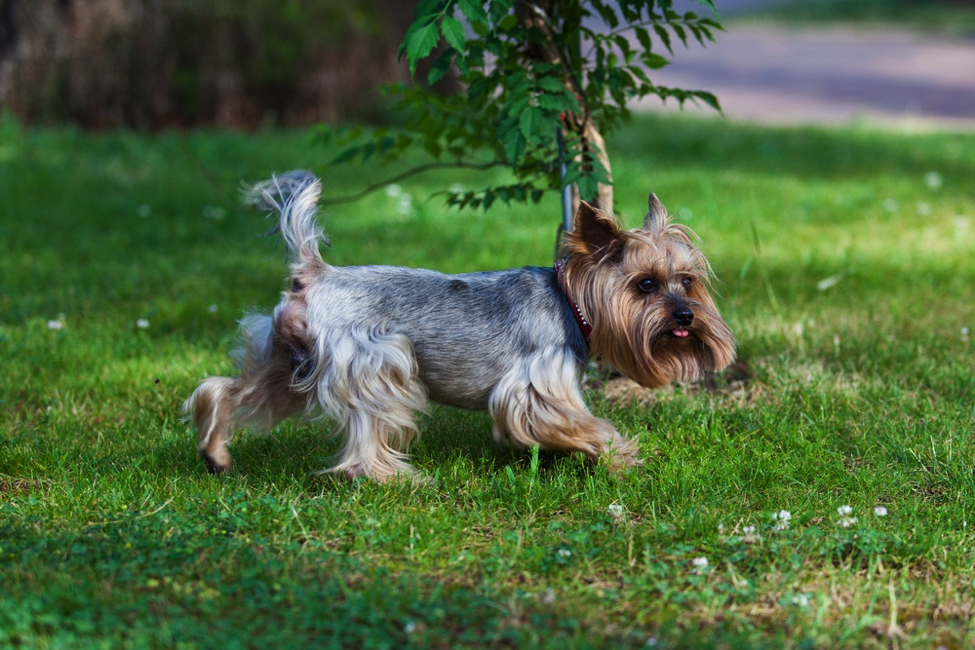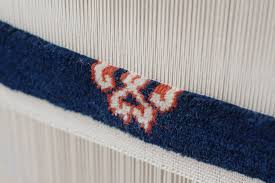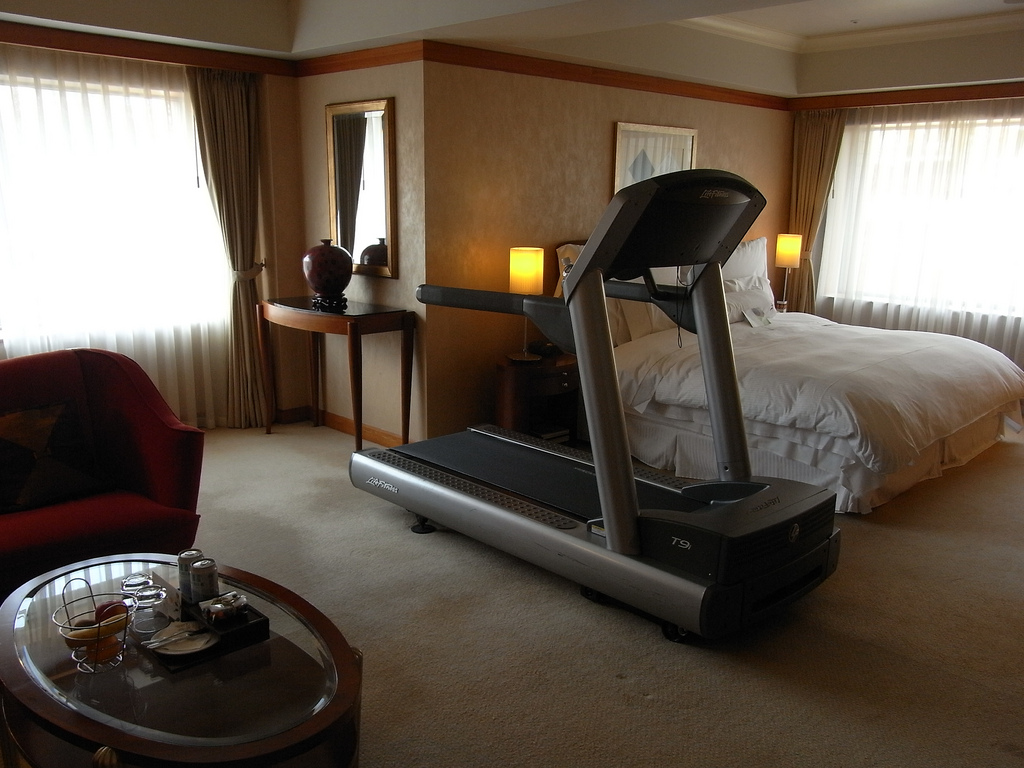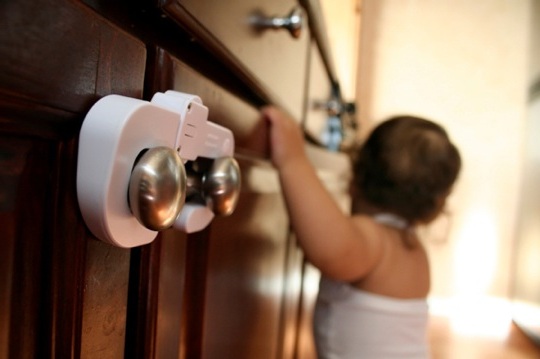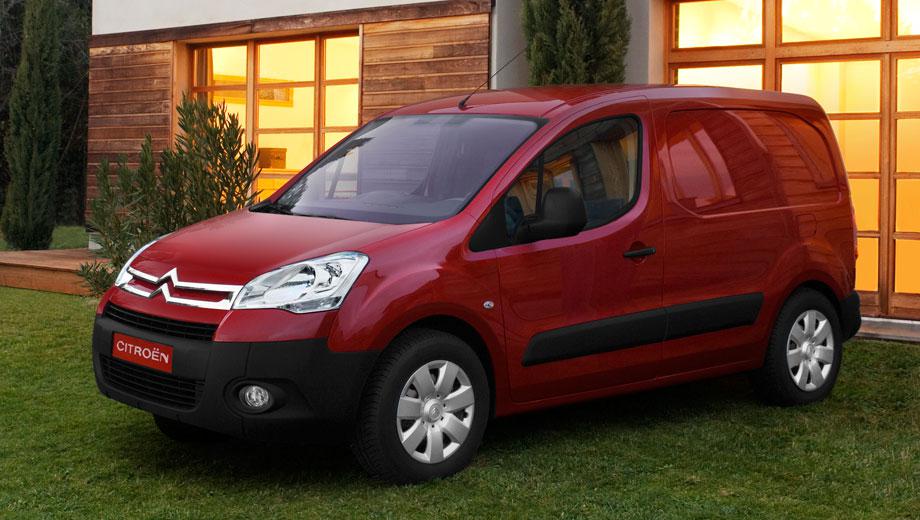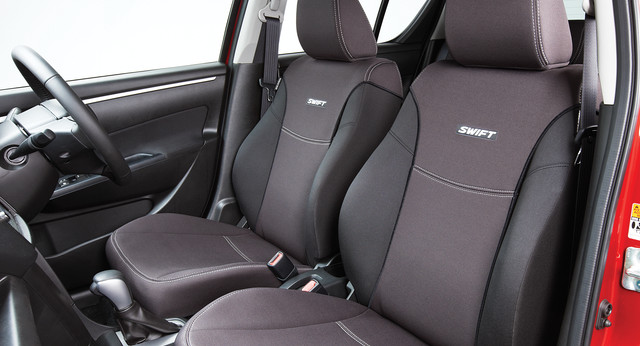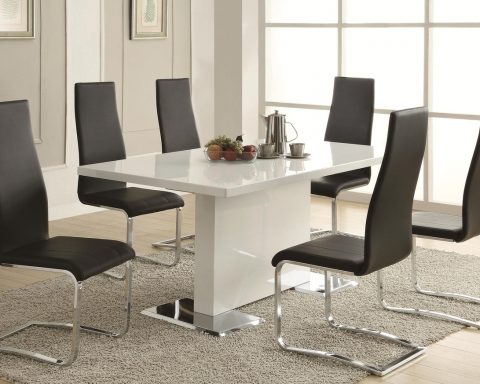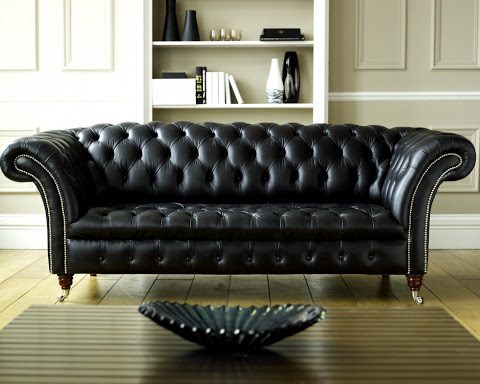Whether you’re a first-time pet owner or a seasoned canine caregiver, puppies are one of the most challenging and adorable little things that we can bring into our lives. They’re so cute, active, curious and outgoing, but at the same time, just like a human child, they can be quite a handful. Similar to toddlers, they need almost constant care and require plenty of extra attention, love, affection and training when it comes to their overall health, welfare and daily needs.
Depending upon their breed, from tiny terriers to larger labradors and retrievers, we all know that puppies and toddlers will do three things more than anything else … sleep, play and poop. But how much exercise should we expect – or give – these little dogs to ensure they’re grow up to be their very best?
Breed Dependent
Some canines seem to be at a larger risk for certain types health and activity concerns, depending upon their breed, size, body shape and the history of how they were bred in the first place. Owners should be aware that some animals could be more prone to certain disorders like:
- Hip dysplasia often found with many shepherds and retrievers
- Breathing difficulties (aka brachycephalic) with short-nosed dogs like pugs and bulldogs
- Dachshund’s long bodies make them more susceptible to back problems
- Dobermans are more prone to heart conditions
- Rottweilers often suffer from joint difficulties
If you have one of these pups, you should consult with your veterinarian to custom tailor an exercise regime to ensure you’re not endangering your pet to any type unnecessary risk.
Breed Specific
Also when it comes to different types of dogs, think about the name of their breed, like retrievers for example, who obviously enjoy this type of activity. Herding dogs and those canines that are found pulling a sled are accustomed to constant running, so they make excellent jogging companions. Conversely, other racing dogs like Greyhounds and Whippets, who were bred and designed for short, bursts of speed, would be better off with a shorter type of workout.
Smaller dogs also have different attributes that make them better at certain types of activities compared to others. For example, while pugs and terriers are roughly the same size, possible breathing difficulties for the first type of dog outweighs a “ratters” abilities to constantly be on the hunt and prowl looking for rodents.
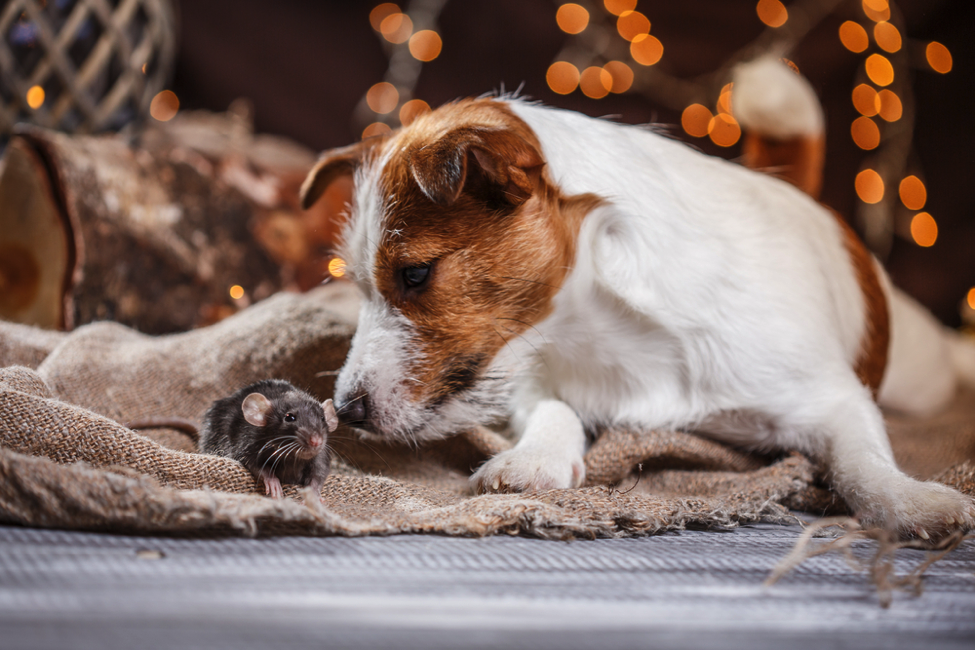
Better Choices For Activity
Despite what we may have seen during commercials and some amusing online videos, adorable puppy shots often find them in precarious situations. Wiping out when they’re coming around corners on a hardwood floor, bashing into cupboards when their “brakes” fail, etc.
Some are also seen diving off stairs and other catastrophes that online audiences find hilarious … but not so much for the growing dogs who are slip-sliding away and falling Consider using baby gates to block off staircases and putting down throw rugs on vinyl, tile or hardwood flooring.
Puppies certainly need exercise, but they need the right kind of movements and activities to keep them healthy and strong. Along with these tips and advice from your veterinarian, you should be able to find the perfect activity levels exercise regimes for your growing dog.

